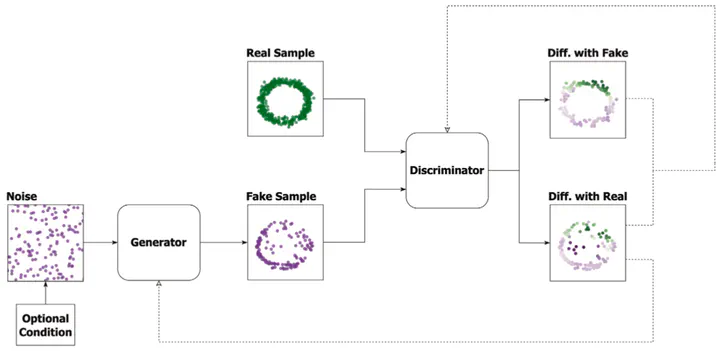Generative Adversarial Networks in the Built Environment: A Comprehensive Review of the Application of GANs across Data Types and Scales

Abstract
Generative Adversarial Networks (GANs) are a type of deep neural network that have achieved many state-of-the-art results for generative tasks. GANs can be useful in the built environment, from processing large-scale urban mobility data and remote sensing images at the regional level, to performance analysis and design generation at the building level. We analyzed 100 articles to provide a comprehensive state-of-the-art review on how GANs are currently applied to solve challenging tasks in the built environment. Our results show that: (i) GANs are replacing older methods in some problems and setting state-of-the-art performances; (ii) GANs are opening new frontiers in previously overlooked problems, such as automatically generating spatially accurate floorplan layouts; (iii) GANs can be applied to different scales in the built environment, from entire cities to neighborhoods and buildings; and (iv) GANs are being used in a variety of problems and data types, from remote sensing data augmentation, vector data generation, spatio-temporal data privacy protection, to building design generation. In total, there are 26 unique application domains enabled by GANs; (v) however, one common challenge in this field currently is the lack of high-quality datasets curated specifically for problems in the built environment. With more data in the future, GANs could potentially produce even better results than today.